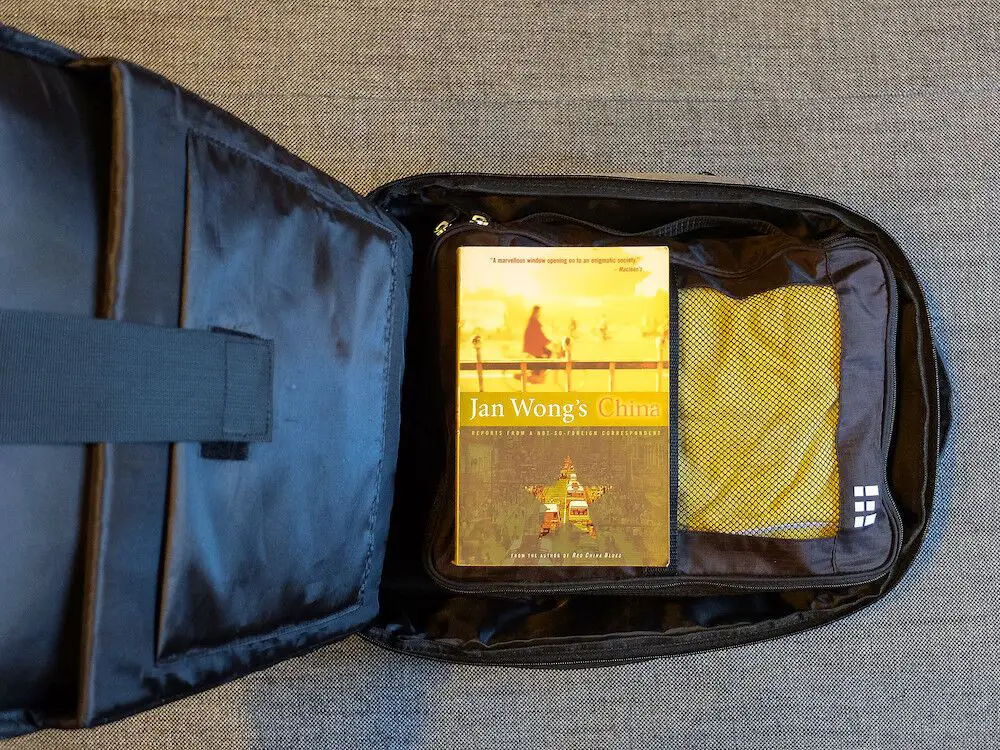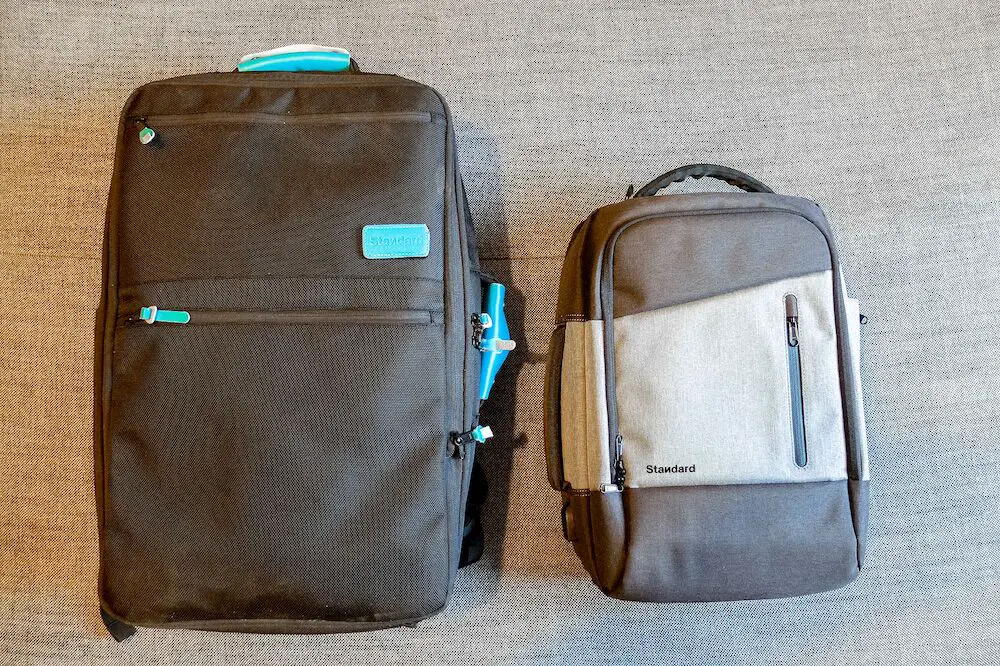What happens with baggage on connecting flights?
What if you are flying not with one but two different airlines? What if there are more than two airlines? All of this is possible. First of all, because nowadays more and more airlines share flights (connecting flights with different airlines are real). Secondly, more and more people are having self-transfer flights. So, let’s get it clear on connecting flight baggage transfer with different airlines.
In most situations, the rules are very simple.

1. Connecting Flight Baggage Transfer
We have a separate guide on connecting flight baggage transfer. There we talk about everything from checked baggage rules on different types of connecting flights to delayed and lost baggage compensation. About differences between airline-protected connecting flights and self transfer flights, what to do if your baggage is lost, etc. Click here to see the guide.
In this guide, it’s all about flight connections with different airlines.
There are two types of connecting flights. First are airline-protected connecting flights, second — so-called self-transfer flights.
Read more: Lost Baggage on Connecting Flights
2. Connecting Flight Baggage Transfer: Different Airlines
What are the rules on connecting flights with different airlines?
Mostly, it depends only on the type of flight that you have.
There are two most likely scenarios.
Scenario 1 – You Have an Airline-Protected Connecting Flight
In this case, one or several airlines, it doesn’t matter.
Mostly, it doesn’t affect connecting flights baggage transfer rules. If it’s an airline-protected connecting flight, you may have one flight with one airline and another with another airline. There may also be more than two different airlines. It’s completely normal. All big airlines do this. KLM, Lufthansa, Qatar Airways, American Airlines, Qantas, you name it.
Flights like these are called codeshare flights.
Here’s how it works in by far most situations:
- You check in baggage once (at departure)
- Your airline takes care of baggage throughout the journey. You don’t recheck the baggage between flights
- You can see that on the baggage tag, that piece of paper they usually attach to boarding pass — it says the final destination of your baggage. It must be the same as your final destination
There’s only one airline? Same airline on all flights? It works the same way.
That’s the beauty of international connecting flight baggage transfer with full-service traditional airlines — everything is done by airport staff. They transfer baggage between airlines too (on protected connecting flights). Connecting flight procedure in India, EU or UK is about the same as in any other country — it’s about the same around the world.
Scenario 2 – You Have a Self-Transfer Flight (DIY Connection)
If these are separately booked flights, it’s a self transfer.
If it’s a connection made not by airline but you, or a flight booking website (an online travel agent basically) — then it’s a self-transfer flight. There are some big differences between airline-protected connecting flights and self transfer flights. Baggage transfer and how it’s executed is among the main differences.
With self transfer, you collect and recheck baggage yourself.
If you have two layovers / stopovers, you will have to do it twice. If there are three layovers, you’ll do it three times — you do it for every flight. Same like you have to check in for every flight separately, and get boarding passes separately.
It doesn’t matter if there’s one or several airlines.
- You check in the bag for a flight.
- You collect the bag after a flight.
- You check in the bag for next flight.
- You collect the bag…
Mostly it doesn’t change anything if there are several airlines. Mostly it works exactly the same way. Don’t forget that baggage allowance may vary in this case, and you may have to pay for baggage for every flight. Because what you have are separate flights with different airlines.
Read more: Are Self-Transfer Flights Safe?
Exceptions (When Everyone Have to Recheck Baggage)
Only on very rare occasions, everyone have to recheck baggage.
Even if you have an airline-protected connecting flight.
One such exception is when traveling through the US. In the US, everyone have to collect their baggage at the first point of arrival. You have to collect your baggage and then recheck one more time, for next flight — it doesn’t matter if your final destination is within the US or elsewhere.
Only on very rare occasions, you have to recheck baggage. One such exception is when traveling through the US. When traveling through the US, you also have to have either an ESTA or US transit visa, don’t forget about that.

3. Cabin Baggage, Different Airlines
What about carry on baggage rules on connecting flights?
Different airlines have different carry on baggage policies.
Number of bags, weight and dimensions differ. Check the rules before you fly or make a booking. And if you’re flying with two or more airlines, plan accordingly. If one of your flights have smaller carry on allowance, take this into account.
This applies to all connecting flights.
Not only to self-transfer flights but also to airline-protected connecting flights. For example, you have booked a connecting flight from KLM, and one of your flights is operated by airBaltic, their partner airline. You can see the operating airline when making a reservation and also in your confirmed booking. In this case on every flight you have different carry on baggage allowance.
What is your experience with baggage on connecting flights? Baggage on self-transfer flights? Has your bag ever gone missing?
About the author:
Kaspars is a digital nomad and travel blogger who’s been traveling the world extensively since 2013. Since 2017, Kaspars has been writing about the less-known aspects of air travel, things like air passenger rights laws and regulations. He’s really good at simplifying complex concepts and making them easily understandable. Kaspars favorite airlines are Qatar Airways and Turkish Airlines.
